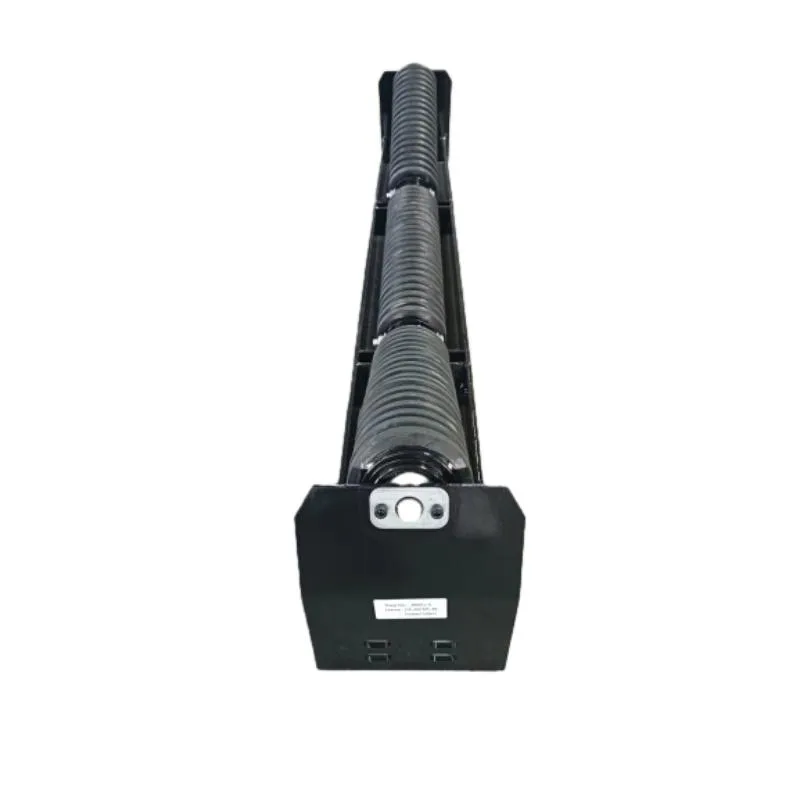 Afrikaans
Afrikaans  Albanian
Albanian  Amharic
Amharic  Arabic
Arabic  Armenian
Armenian  Azerbaijani
Azerbaijani  Basque
Basque  Belarusian
Belarusian  Bengali
Bengali  Bosnian
Bosnian  Bulgarian
Bulgarian  Catalan
Catalan  Cebuano
Cebuano  Corsican
Corsican  Croatian
Croatian  Czech
Czech  Danish
Danish  Dutch
Dutch  English
English  Esperanto
Esperanto  Estonian
Estonian  Finnish
Finnish  French
French  Frisian
Frisian  Galician
Galician  Georgian
Georgian  German
German  Greek
Greek  Gujarati
Gujarati  Haitian Creole
Haitian Creole  hausa
hausa  hawaiian
hawaiian  Hebrew
Hebrew  Hindi
Hindi  Miao
Miao  Hungarian
Hungarian  Icelandic
Icelandic  igbo
igbo  Indonesian
Indonesian  irish
irish  Italian
Italian  Japanese
Japanese  Javanese
Javanese  Kannada
Kannada  kazakh
kazakh  Khmer
Khmer  Rwandese
Rwandese  Korean
Korean  Kurdish
Kurdish  Kyrgyz
Kyrgyz  Lao
Lao  Latin
Latin  Latvian
Latvian  Lithuanian
Lithuanian  Luxembourgish
Luxembourgish  Macedonian
Macedonian  Malgashi
Malgashi  Malay
Malay  Malayalam
Malayalam  Maltese
Maltese  Maori
Maori  Marathi
Marathi  Mongolian
Mongolian  Myanmar
Myanmar  Nepali
Nepali  Norwegian
Norwegian  Norwegian
Norwegian  Occitan
Occitan  Pashto
Pashto  Persian
Persian  Polish
Polish  Portuguese
Portuguese  Punjabi
Punjabi  Romanian
Romanian  Russian
Russian  Samoan
Samoan  Scottish Gaelic
Scottish Gaelic  Serbian
Serbian  Sesotho
Sesotho  Shona
Shona  Sindhi
Sindhi  Sinhala
Sinhala  Slovak
Slovak  Slovenian
Slovenian  Somali
Somali  Spanish
Spanish  Sundanese
Sundanese  Swahili
Swahili  Swedish
Swedish  Tagalog
Tagalog  Tajik
Tajik  Tamil
Tamil  Tatar
Tatar  Telugu
Telugu  Thai
Thai  Turkish
Turkish  Turkmen
Turkmen  Ukrainian
Ukrainian  Urdu
Urdu  Uighur
Uighur  Uzbek
Uzbek  Vietnamese
Vietnamese  Welsh
Welsh  Bantu
Bantu  Yiddish
Yiddish  Yoruba
Yoruba  Zulu
Zulu Conveyor Idler Pulley Systems for Efficient Material Handling and Transport Solutions
The Importance of Conveyor Idler Pulleys in Material Handling Systems
In modern industries, the efficient movement of materials is critical to ensuring productivity and minimizing operational costs. One of the key components in any conveyor system is the idler pulley, which plays a vital role in the transportation of goods across various sectors, including mining, agriculture, and manufacturing. Conveyor idler pulleys are designed to support the belt and facilitate smooth movement, making them essential for any conveyor system.
Idler pulleys serve multiple purposes. Primarily, they are used to maintain tension in the conveyor belt, which is crucial for the consistent movement of materials. If the tension is too loose, the belt can slip, causing disruptions and potential damage to both the pulley and the materials being transported. Conversely, if the tension is too tight, it can lead to excessive wear on the belt, ultimately shortening its lifespan. Therefore, selecting the right idler pulley is essential for achieving optimal performance.
Another function of conveyor idler pulleys is to support the weight of the material being transported. With the ability to carry various loads, idler pulleys help distribute the weight evenly across the conveyor system, reducing stress on individual components. This distribution minimizes wear and tear and enhances the overall durability of the conveyor setup. High-quality idler pulleys are usually made from robust materials such as steel, which can withstand harsh working environments.
conveyor idler pulley

Furthermore, idler pulleys contribute to the efficiency of the conveyor system by reducing friction. A well-designed idler pulley allows the conveyor belt to glide smoothly, decreasing the energy required to move materials. This efficiency not only reduces operational costs but also promotes more sustainable practices by lowering energy consumption.
In terms of maintenance, idler pulleys require regular inspection to ensure they are functioning correctly. Over time, dirt, dust, and debris can accumulate, impacting the performance of the pulley. Additionally, bearings within the idler pulley can wear out, leading to increased friction and potential breakdowns. By performing routine maintenance, companies can extend the lifespan of the idler pulleys and the entire conveyor system.
In conclusion, conveyor idler pulleys are integral to the effectiveness and efficiency of material handling systems. Their ability to maintain belt tension, support weight, and reduce friction all contribute to smoother operations and lower costs. Investing in high-quality idler pulleys and prioritizing maintenance is essential for ensuring the longevity and performance of conveyor systems in any industry. As technology advances, the development of more efficient idler pulleys will continue to enhance the capabilities of material handling operations worldwide.
-
Revolutionizing Conveyor Reliability with Advanced Rubber Lagging PulleysNewsJul.22,2025
-
Powering Precision and Durability with Expert Manufacturers of Conveyor ComponentsNewsJul.22,2025
-
Optimizing Conveyor Systems with Advanced Conveyor AccessoriesNewsJul.22,2025
-
Maximize Conveyor Efficiency with Quality Conveyor Idler PulleysNewsJul.22,2025
-
Future-Proof Your Conveyor System with High-Performance Polyurethane RollerNewsJul.22,2025
-
Driving Efficiency Forward with Quality Idlers and RollersNewsJul.22,2025





























